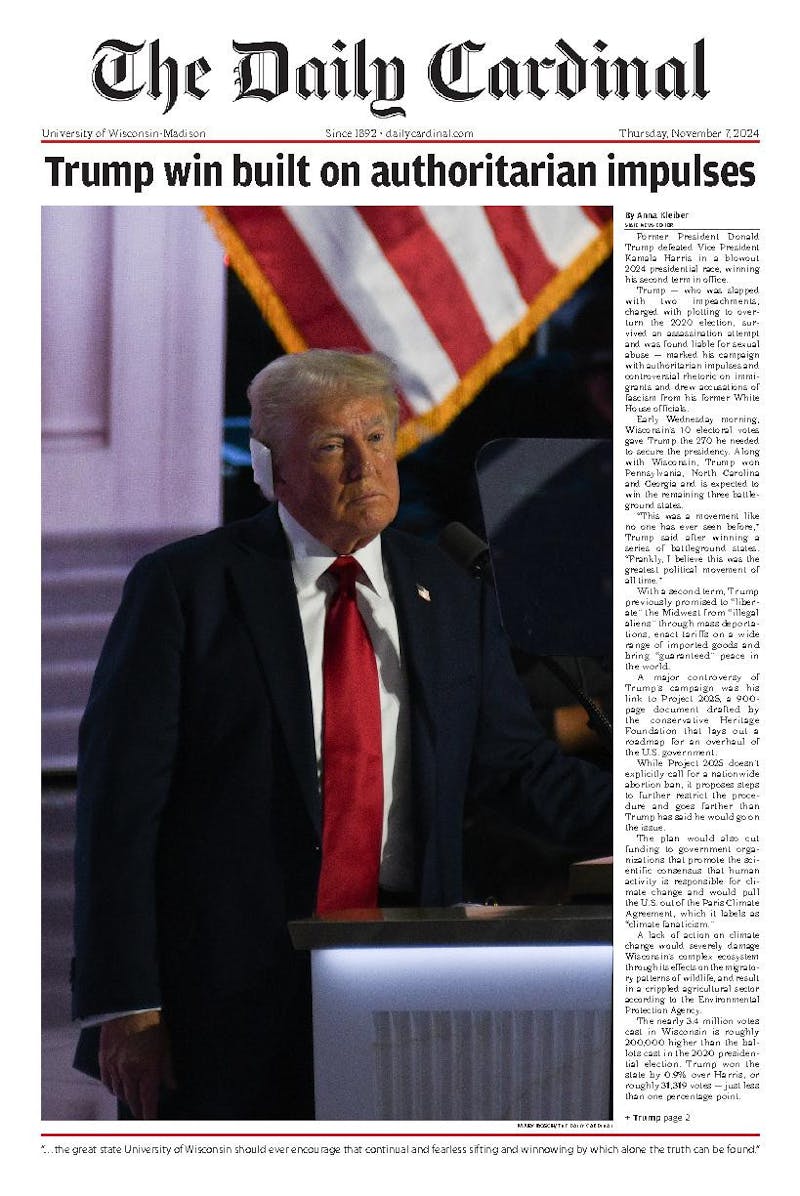When Sept. 11 happened, the spotlight of the world was suddenly thrown on the Mideast nation of Afghanistan. The Taliban ruling class was suddenly our sworn enemies, and a declaration of war threw the entire area into chaos. Dan Fesperman manages to capture that chaos in his novel \The Warlord's Son,"" painting the turmoil and squalor of a war-torn nation-and two men caught in its tempest-with startling imagery and sympathy.
The novel opens only weeks after the attacks of Sept. 11, attacks that have taken burned out reporter Stan Kelly (""Skelly"") back into the field of war journalism he thought he'd left behind. Dropped into the slums of Peshawar, a Pakistan town serving as a launch pad for journalists and militants, he makes the acquaintance of Najeeb Azem, an American-educated guide who has been exiled by his chieftain father.
Seeing an opportunity, Skelly and Najeeb join up with the army of Mahmood Razaq, an aspiring warlord looking to reclaim parts of Afghanistan from the Taliban. But this journey is filled with peril for both men, with the eyes of a shadowy intelligence agency and American corporate representatives affecting the results. Rival chieftains and conspiracies soon take control, leading both men on a path through Afghanistan's winding mountain ranges and to a final destination that can spell either death or salvation .
Fesperman worked as a correspondent in Afghanistan during the war, and his familiarity with the land comes out very clearly. He focuses on the minute details of the villages and slums, noticing the ever-present dust clouds, hundreds of people clogging the alleys and the smoke of burning tires from brick kilns. Fesperman shows off the horrors of war as well, with beggars crawling on leg stumps due to landmines and men with AK-47s on virtually every corner.
Familiarity with the land is vital for a book like this, but the real force of the book comes with Fesperman's descriptive language. From the first paragraph, where sunrise in Peshawar is described as ""an egg-white smear that brightens the eastern horizon behind a veil of smoke, exhaust and dust"" there is a poetic aspect to the book that only adds to the foreign air of the Middle East.
Molotov cocktails are described as ""genies of orange flame,"" rocky hills have a ""molten copper glow"" and Skelly's troubled stomach is a ""thermal spring of bubbling mud."" The poeticism of these statements adds a polish to the bleakness of Pakistan and Afghanistan, while at the same time preserving the image of a discordant world.
The country may seem like an additional character at times, but the real art in this book is the characters of Najeeb and Skelly. Fesperman takes a personal look into the minds of both these men, studying their personal conflicts and the strides they make to overcome them. Skelly's reporter gradually awakens as the journey continues, personal risks taking a backseat to his hunt for the story of a lifetime.
Najeeb attempts to rise above his demons, going against his feelings of isolation from his homeland to build bridges between Skelly and the world he himself is no longer part of. By bringing these men together, Fesperman puts together a portrait of war and chaos that is startlingly real, giving a glimpse of a conflict few have the tenacity to approach.
""The Warlord's Son"" was written by Dan Fesperman and is published by Knopf.





